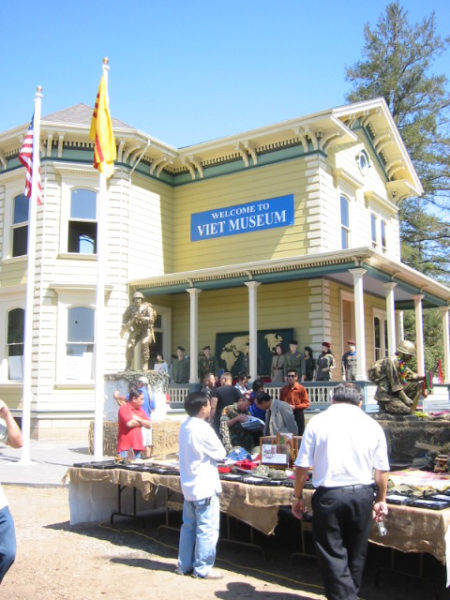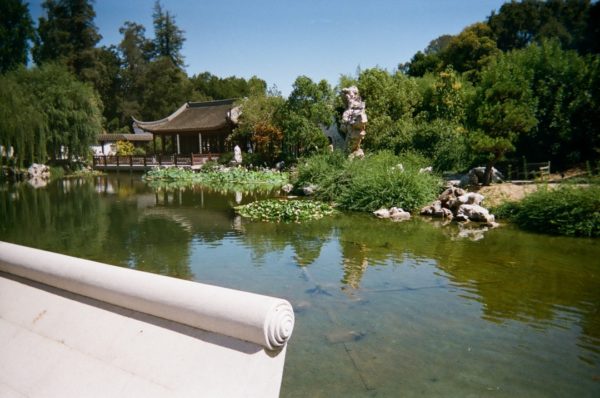While conflicts have increased about American historical monuments and landmarks, especially regarding statues of slave owners or institutions named after racists, this article from Hyperallergic asks, what kind of cultural landmarks do Asian Americans establish? In “In American’s “First Suburban Chinatown,” Asian Americans Have Negotiated Cultural Representation,” Caroline Liou looks at the Asian American community in the San Gabriel Valley and what cultural representation that the community there has managed to create. Her article made me think about Asian American cultural landmarks in my own community, which on reflection, I realize that there are many.
The San Gabriel Valley contains one of the longest established Asian American suburban communities in the continental United States. Many of the residents are quite prosperous, so what kind of cultural landmarks have been established? Liu Fang Yuan (or Garden of Flowering Fragrance) at the Huntington Library is one. Liou notes that other landmarks like the Hsi Lai Temple in Hacienda Heights were once opposed by the local residents there. She also notes that another local landmark, Santa Anita Racetrack, has only a small plaque and one sentence acknowledging its history as a staging area for sending Japanese Americans to internment camps.

A while ago, one of our writers talked about an exhibit hosted at Santa Anita about the internment and how he grew up around there yet never knew or thought about its history. His story and Liou’s article made me think about the local Asian American cultural landmarks that I never think about or visit. I live in an Asian American neighborhood in Silicon Valley, but I have never been to the Chinese Cultural Garden in my city. I only learned of the existence of the Viet Museum when I ran by it during a 5K race. I will have to visit those places (note that the Viet Museum is temporarily closed because of the pandemic). There are other Asian American landmarks and cultural institutions here that I do look at more often, such as the Chinese and Japanese named streets in my neighborhood, a Buddhist temple, and memorials and information plaques in San Jose’s Japantown.
Liou makes other interesting observations about “cultural negotiation”, such as how zoning laws were put into place to try to restrict large houses built by Asian American. I recommend you read it. A book that also discusses these issues is “Trespassers?: Asian Americans and the Battle for Suburbia.” I would say both the article and the book are worth your time.
(Viet Museum photo credit: shin ben zi licensed under the Creative Commons Attribution 2.0 Generic license)









